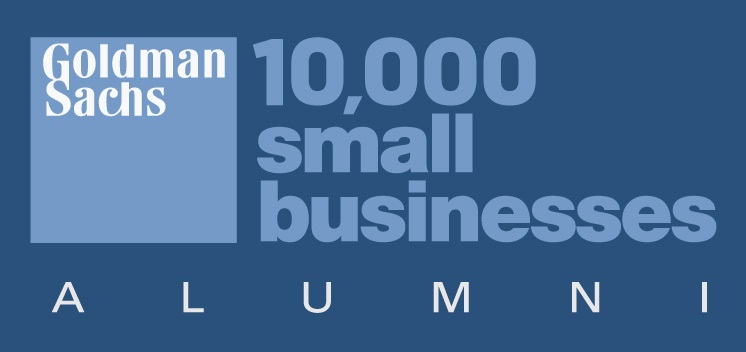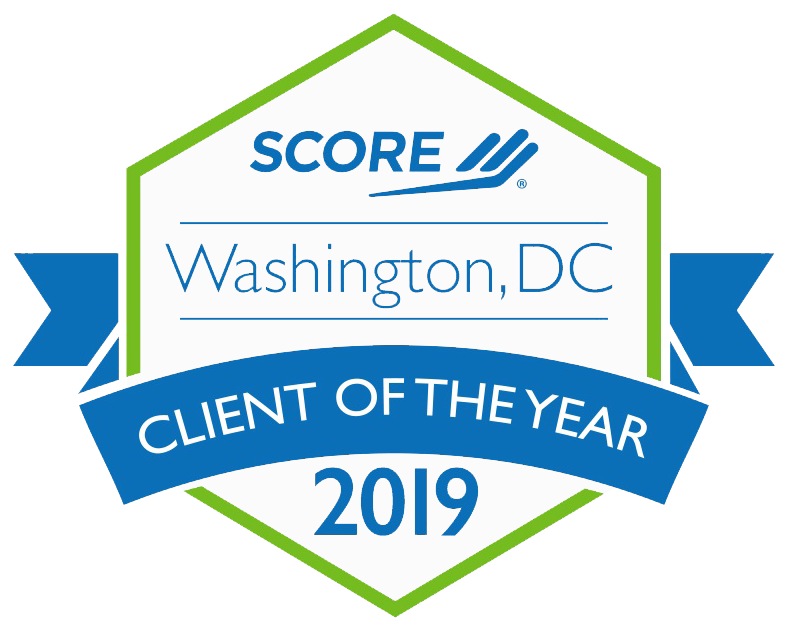1. RESEARCH FUNDER RELATIONSHIPS
Whether foundation or corporate partner or individual donor, i![]() t is important to “know before you go” by researching before heading toward a relationship. Utilize online tools such as Guidestar/Candid, Foundation Directory Online (FDO), or Grant Advisor to learn about a funder’s giving patterns, planned philanthropy, and actual experiences of awardees. Similar knowledge can be gained for individuals through tools such as iWave or Wealth Screen. With these, you’ll learn about a potential supporter’s capacity, propensity, and triggers to give.
t is important to “know before you go” by researching before heading toward a relationship. Utilize online tools such as Guidestar/Candid, Foundation Directory Online (FDO), or Grant Advisor to learn about a funder’s giving patterns, planned philanthropy, and actual experiences of awardees. Similar knowledge can be gained for individuals through tools such as iWave or Wealth Screen. With these, you’ll learn about a potential supporter’s capacity, propensity, and triggers to give.
2. FIND A CONNECTION
![]()
It is important to know how to get a meeting in the first place. LinkedIn is the most common way to gather information on a potential donor or to find out who knows whom. Asking a colleague to make an introduction to a second or third level connection is commonplace. Networking groups are also a great way to begin a casual connection. Similarly, for foundation or corporate partnerships, using tools like FDO mentioned above or their own websites can yield lists of board members and trustees who may share a common connection. You may circulate these names internally among executive leaders, the board and key staff to see if any are recognizable.
3. DOCUMENT THE DISCUSSION
The one to one nature of relationships can make them difficult to transfer o![]() rganizationally. However, it is important to build in relational safeguards along the way. Donor commitments and pledges should be in writing. Document all discussions and even seemingly impertinent details in your donor database in order to trigger future conversations or provide a smooth transition during times of organizational change.
rganizationally. However, it is important to build in relational safeguards along the way. Donor commitments and pledges should be in writing. Document all discussions and even seemingly impertinent details in your donor database in order to trigger future conversations or provide a smooth transition during times of organizational change.
4. THANK THE FUNDER
 Appreciation goes a long way in securing (and maintaining) relationships. Thank you notes may be ubiquitous for individuals but foundation and corporate partners will appreciate these simple but profound gestures as well, regardless of the outcome of the funding ask. While most funders require reports showing the impact of their funding, consider a unique or memorable thank you included such as a note from a client telling their story or a printed photo in a sleeve showing beneficiaries using the item their gift provided. All the while, being mindful that IRS regulations require that no goods or services are exchanged for the gift. For more on tokens of appreciation see IRS Rev. Proc. 90-12, 1990-1 C.B. 471 Section 3.
Appreciation goes a long way in securing (and maintaining) relationships. Thank you notes may be ubiquitous for individuals but foundation and corporate partners will appreciate these simple but profound gestures as well, regardless of the outcome of the funding ask. While most funders require reports showing the impact of their funding, consider a unique or memorable thank you included such as a note from a client telling their story or a printed photo in a sleeve showing beneficiaries using the item their gift provided. All the while, being mindful that IRS regulations require that no goods or services are exchanged for the gift. For more on tokens of appreciation see IRS Rev. Proc. 90-12, 1990-1 C.B. 471 Section 3.
TAKE ACTION TODAY!
Create a plan for how to engage with a few new donors this month. Conduct some online research using a new tool – many offer free trials – into some possible funders/partners. Gather a stockpile of assorted note cards ready to send with your latest simple greetings.
Core Principles to Cultivate Funder Relationships
RBW Strategy can help you think through relationship building strategies that lead to fundraising success. Learn more at www.rbwstrategy.com/about-us/working-with-us/.





